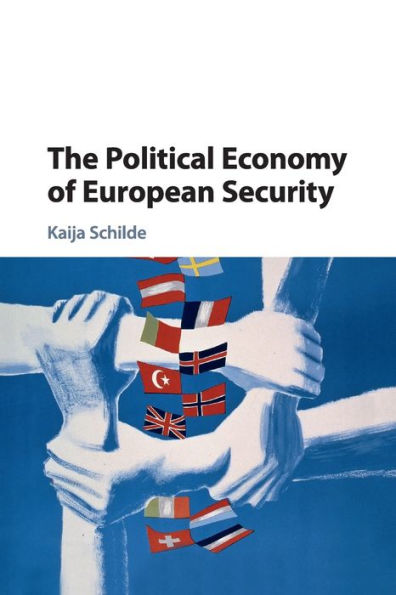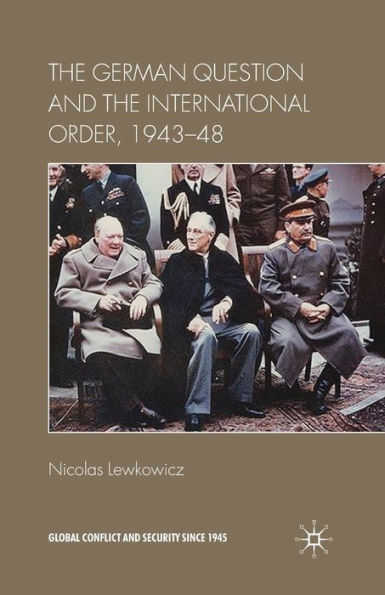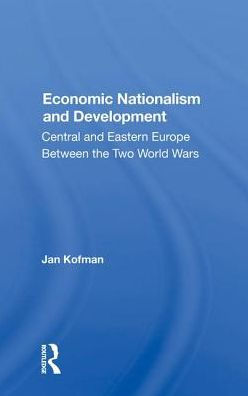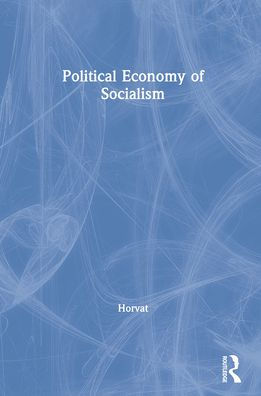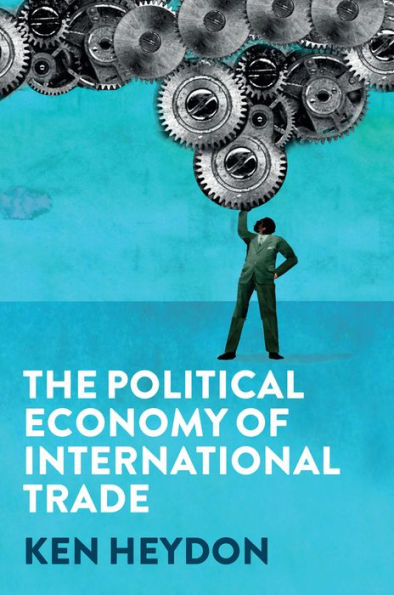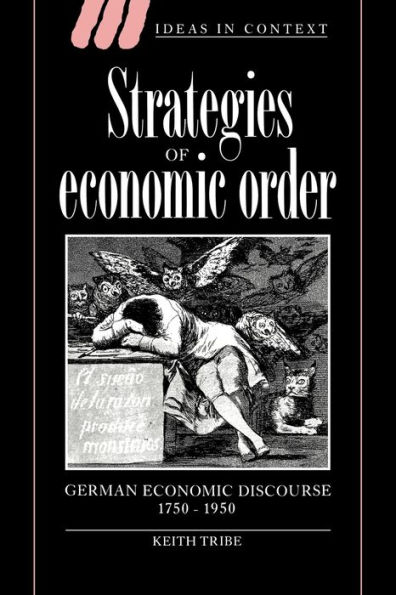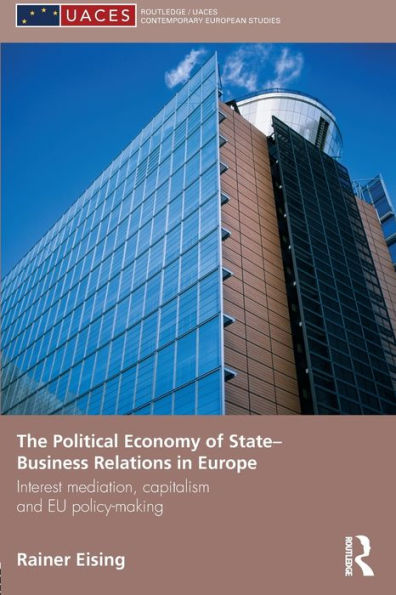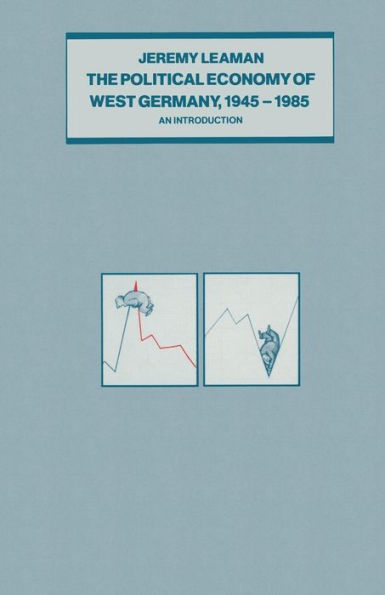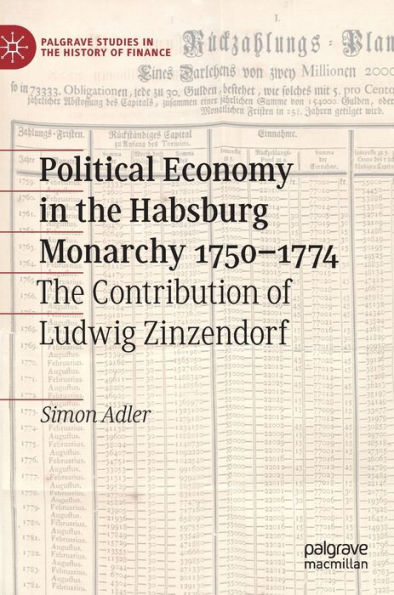Home
Political Economy and International Order in Interwar Europe
Loading Inventory...
Barnes and Noble
Political Economy and International Order in Interwar Europe
Current price: $169.99


Barnes and Noble
Political Economy and International Order in Interwar Europe
Current price: $169.99
Loading Inventory...
Size: OS
*Product Information may vary - to confirm product availability, pricing, and additional information please contact Barnes and Noble
Standard histories of European integration emphasize the immediate aftermath of World War II as the moment when the seeds of the European Union were first sown. However, the interwar years witnessed a flurry of concern with the reconstruction of the world order, generating arguments that cut across the different social sciences, then plunged in a period of disciplinary soul-searching and feverish activism. Economics was no exception: several of the most prominent interwar economists, such as F. A. Hayek, Jan Tinbergen, Lionel Robbins, François Perroux, J. M. Keynes and Robert Triffin, contributed directly to larger public discussions on peace, order and stability.
This edited volume combines these different strands of historical narrative into a unified framework, showing how political economy was integral to the interwar literature on international relations and, conversely, how economists were eager to incorporate international politics into their own concerns. The book brings together a group of scholars with varied disciplinary backgrounds, whose combined perspectives allow us to explore three analytical layers. The first part studies how different forms of economic knowledge, from economic programming to international finance, were used in the quest for a stable European order. The second part focuses on the existence of conflicting expectations about the role of social scientific knowledge, either as a source of technical solutions or as an input for enlightened public discussion. The third part illustrates how certain ideas and beliefs found concrete expression in specific institutional settings, which amplified their political leverage. The three parts are enclosed by an introductory essay, laying out the broad topics explored in the volume, and a substantial postscript tying all the historical threads together.


